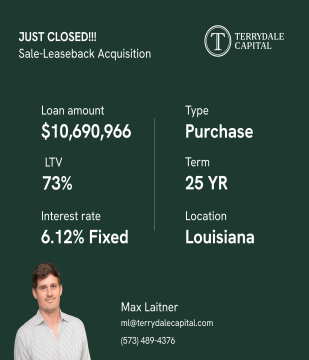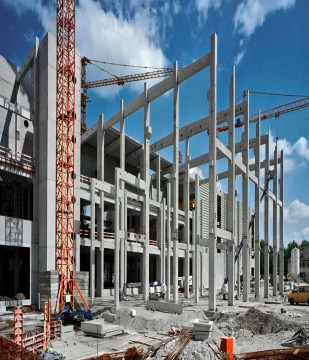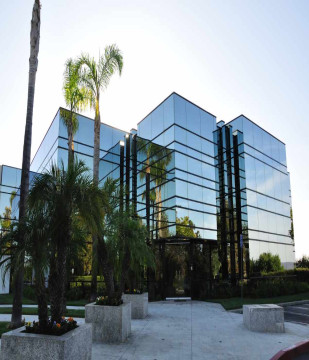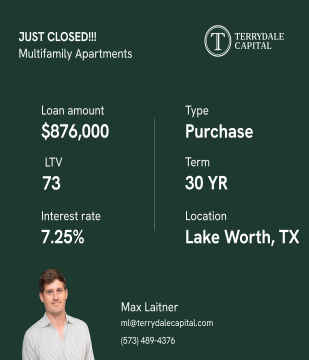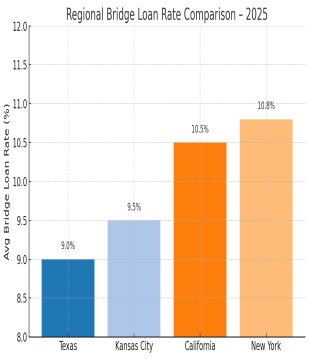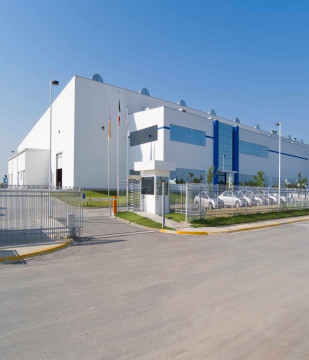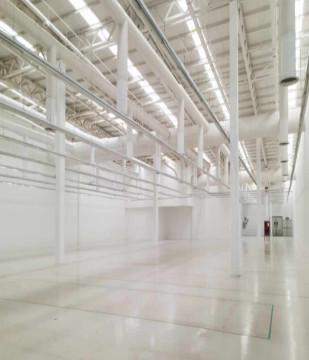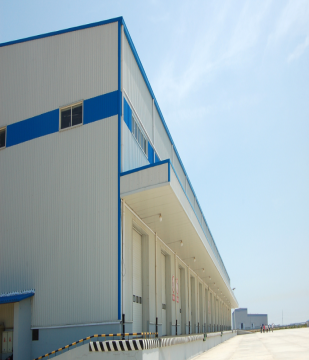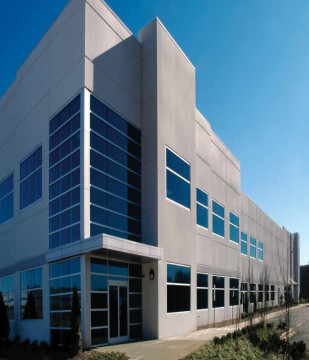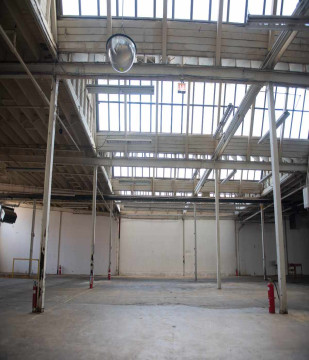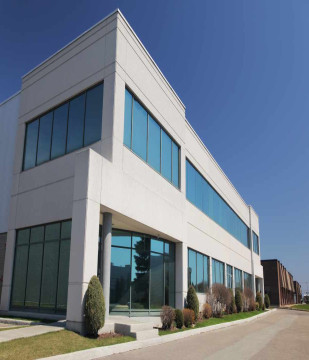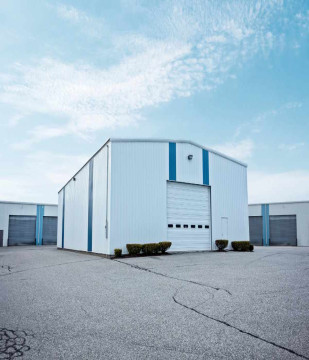Senior Living Investing

Terrydale Capital
Jun 10, 2024 6 Min read
 Learn
Learn
In the realm of commercial real estate investment, the landscape is diverse, offering numerous avenues for potential profitability. One such avenue gaining traction among investors is the burgeoning market of senior living facilities. As the global population ages, the demand for quality senior care continues to rise, making investments in senior living facilities an appealing prospect for many. However, like any investment opportunity, it's essential to weigh the pros and cons before diving in. Let's explore both sides of the coin.
What Are Senior Living Facilities?
Senior living facilities, also known as retirement communities or nursing homes, cater to the unique needs of elderly residents by providing various levels of care and support. Investing in senior living facilities can offer lucrative returns while also contributing to the well-being of aging populations.
Types of Senior Living
- Retirement Communities
- Independent Communities / 55+ Communities
- Senior Apartments
- Assisted Living Facilities
- Nursing Homes
- Memory Care Communities
Pros:
- Growing Demand: The aging population, driven by factors like increased life expectancy and the aging of the baby boomer generation, ensures a consistent demand for senior living facilities. This demographic trend provides a stable tenant base, reducing vacancy risks.
- Stable Income Streams: Senior living facilities often operate under long-term leases or contracts, providing predictable cash flows for investors. Unlike other types of real estate, where leases may need frequent renegotiation, senior living facilities can offer reliable income streams.
- Recession Resilience: The need for senior care remains relatively unaffected by economic downturns. People continue to require care regardless of economic conditions, making senior living facilities a recession-resistant investment.
- Niche Market Opportunities: Within the senior living sector, there are various niches to explore, such as independent living, assisted living, memory care, and skilled nursing facilities. Investors can diversify their portfolios by tapping into these different segments, catering to specific needs and preferences of elderly residents.
- Government Support: Government programs like Medicaid and Medicare often reimburse seniors for their healthcare expenses, including those incurred in senior living facilities. This support can bolster the financial stability of these facilities and mitigate risks for investors.
Cons:
- Regulatory Challenges: Senior living facilities are subject to stringent regulations at the federal, state, and local levels. Compliance with these regulations can be complex and costly, requiring meticulous oversight to avoid legal issues and penalties.
- Operational Complexity: Managing senior living facilities involves dealing with unique operational challenges, including healthcare regulations, staffing issues, and resident care needs. Investors must be prepared to navigate these complexities or partner with experienced operators.
- High Initial Investment: Establishing or acquiring senior living facilities often requires substantial upfront capital investment. From property acquisition and renovation to staffing and operational expenses, the initial costs can be significant before realizing returns on investment.
- Risk of Liability: Senior living facilities are inherently exposed to risks associated with resident health and safety. Any lapses in care or incidents of negligence can result in legal liabilities, including lawsuits and damage to reputation, potentially impacting investor returns.
- Market Saturation: In some regions, the market for senior living facilities may become saturated, leading to increased competition and downward pressure on occupancy rates and rental incomes. Thorough market research is essential to identify underserved areas with growth potential.
In conclusion, investing in senior living facilities offers a promising opportunity to capitalize on the growing demand for eldercare services. While the sector presents several advantages such as stable income streams and recession resilience, investors must also navigate regulatory challenges, operational complexities, and potential liabilities. Careful due diligence and strategic planning are crucial for maximizing returns and mitigating risks in this specialized real estate market. AS always, it pays to have the right team behind you like Terrydale Capital. With our wide breadth of expertise and broad industry connections, we are ready to help any investors achieve success. Contact us today.
Partner With Terrydale Capital for Your Debt Financing Needs
When it comes to debt financing, understanding the right timing, process, and options is crucial. At Terrydale Capital, we provide a comprehensive range of commercial loan solutions tailored to meet your business's unique needs.










